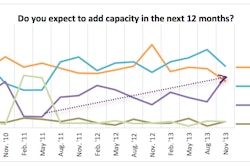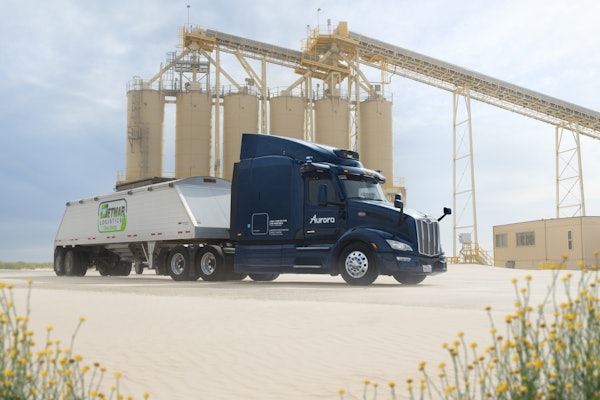Freight pricing was relatively flat in 2013, and FTR projects that capacity will remain only at modest levels through the first half of 2014 and freight demand will increase only slightly over the next several months.
Bob Costello, chief economist and vice president for the American Trucking Associations, says revenues for the entire truckload industry aren’t as strong as loads now, which gives him the biggest concern heading in 2014. “If I look at all types of truckload freight, year-to-date it is up 0.8 percent,” he says. “In October it was up 3 percent on a year-over-year basis. However, if I look at revenue for the entire year, it’s off 1.4 percent, primarily excluding fuel surcharges.”
The reason revenues are down? “Average revenue per mile was flat last year after growing 3 percent [in 2012],” Costello says.
While truck tonnage figures were robust in 2013, load growth has been stagnant. The last three months of 2013 showed steady increases in tonnage across almost every sector of the freight environment, including truck, barge, international air, container, rail and intermodal.
“That kind of acceleration doesn’t happen without better-than-expected economic news in the coming months,” says Broughton. “It’s not just fracking any more. The growth in fracking explains why tonnage growth was greater than load growth in 2013, but that growth is now in all freight modes.”
Starks says loadings have seen slight growth since mid-2013 and will continue to move slowly in the right direction. Costello adds that if the 2014 gains in U.S. Gross Domestic Product mirror that of 2012, the number of loads could beat those of 2012.
But what will the industry need for freight pricing to improve in 2014? “What we need is consistent growth, because this industry is still operating 6 percent fewer trucks than it did in 2007 right before the recession started,” says Costello. “Consistent volumes will be the trigger that makes rates go up.”
Perhaps the biggest bright spot in the trucking industry – at least related to freight volumes – is the recent growth in demand for dry van freight. Coming out of the recession, the segment has struggled to gain traction. According to ATA data, dry van volumes were relatively flat in 2010 and fell 2.8 percent and 1.7 percent in 2011 and 2012, respectively.
But Costello says that while dry van volumes are up only 0.7 percent year-to-date, the segment has seen at least 3.6 percent growth since August on a year-over-year basis.
“For the first time since the recession, we are seeing solid year-over-year and quarter-over-quarter gains,” says Costello. “I’m not telling people this is the one metric to look at for the industry, but the acceleration of dry van freight gives me the idea that things are going to be better in 2014 than they were in 2013.”
“Demand has to get better, and the marginal trucker needs to leave the industry,” adds Broughton. “You need material contraction in capacity and/or growth and material increase in demand and load count, and there is promise for that to happen on both fronts.”














